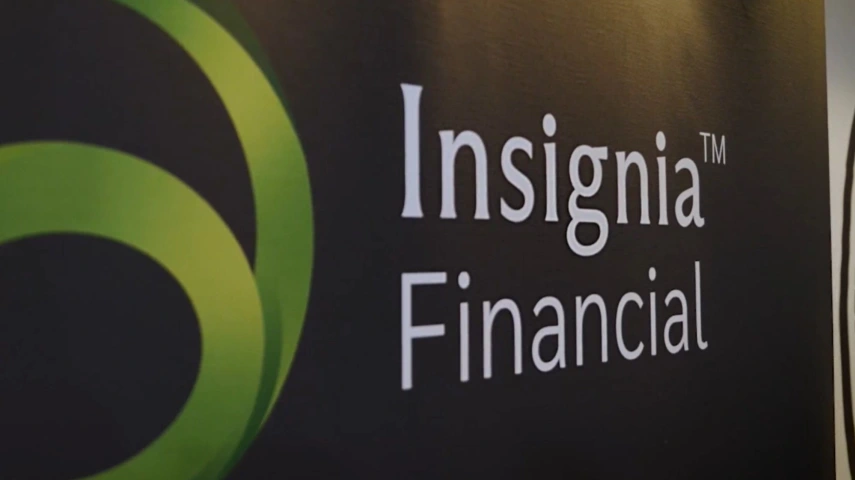Insignia unveils 5-year plan to cut costs and maximise scale



Insignia Financial has announced its intention to be the leading wealth manager by 2030 as it moves away from acquisitions to focus on its customers and maximise scale.
During Investor Day on 13 November, the firm said it will look to maximise the benefits of scale and drive efficiency to achieve around $200 million per annum net cost savings by FY30.
After a period of company moves and divestments, the firm said it will now move away from M&A activity to focus on its customers across four brands of advice, wrap, master trust and asset management.
Insignia Financial’s CEO Scott Hartley, who joined in March to replace Renato Mota, said: “Our vision is for Insignia Financial to be Australia’s leading and most efficient wealth management company by 2030, and through the breadth and expertise of our competitive businesses we will deliver innovative, quality outcomes for customers, and drive double digit earnings growth.
“We want to shift our focus from building capability through acquisition, unification and simplification to accelerated and sustainable growth through a relentless obsession with our customers.
“Each of our four lines of business are individually strong and well-positioned; our 2030 strategy is focused on how we will build on our strong foundations to leverage economies of scale and position for strategic and targeted growth, driving outcomes for our customers and shareholders.”
Advice
Within the advice division, it wants Shadforth and Bridges advisers to provide scalable, accessible and affordable advice, as well as increase the efficiency and profitability via artificial intelligence. Shadforth, which has 110 advisers, is aimed at high-net-worth individuals with $1–5 million, while Bridges, which has 90 advisers, will target mass affluent consumers with $300,000 to $1 million.
The company separated its advice divisions in July 2024, with Consultum and RI Advice moving over to become Rhombus Advisory, while Insignia retains 200 salaried advisers, making it the largest employed advice business.
In FY24, advice generated $150 million in revenue and has $23 billion in funds under advice, representing 18,000 client families.
Strategic priorities for Shadforth are to accelerate new client growth, lift adviser efficiency and capacity, grow adviser numbers and a step change in growth. Meanwhile, over at Bridges, the firm wants it to increase advice fees and invest in talent and culture.
Asset management
In asset management, FY24 saw the division report $210 million in revenue and $89 billion in funds under management. However, it saw net outflows of $1.9 billion.
Hartley said he wants the asset management division to strengthen advice partnerships and expand its managed account offering to accelerate market penetration.
It also wants to grow new channels via private equity and alternatives, enhance external distribution propositions, and enhance retail asset consultant relationships.
Hartley described the future asset management division as being “the portfolio constructor of choice” for advisers.
“MLC Asset Management is one of the largest and most awarded commercial multimanagers in Australia and, as part of our 2030 strategy, we plan to become the portfolio constructor of choice. Through simplifying our existing offering, extending our multimanager approach into new structures and pursuing growth in targeted areas, we will pursue further external growth.”
Recommended for you
Insignia Financial has experienced total quarterly net outflows of $1.8 billion as a result of client rebalancing, while its multi-asset flows halved from the prior quarter.
Prime Financial is looking to shed its “sleeping giant” reputation with larger M&A transactions going forward, having agreed to acquire research firm Lincoln Indicators.
An affiliate of Pinnacle Investment Management has expanded its reach with a London office as the fund manager seeks to grow its overseas distribution into the UK and Europe.
With cyber security at AFSLs identified as an ASIC enforcement priority, a technology recruiter has shared what these specialists are expecting to earn in the financial services sector.














